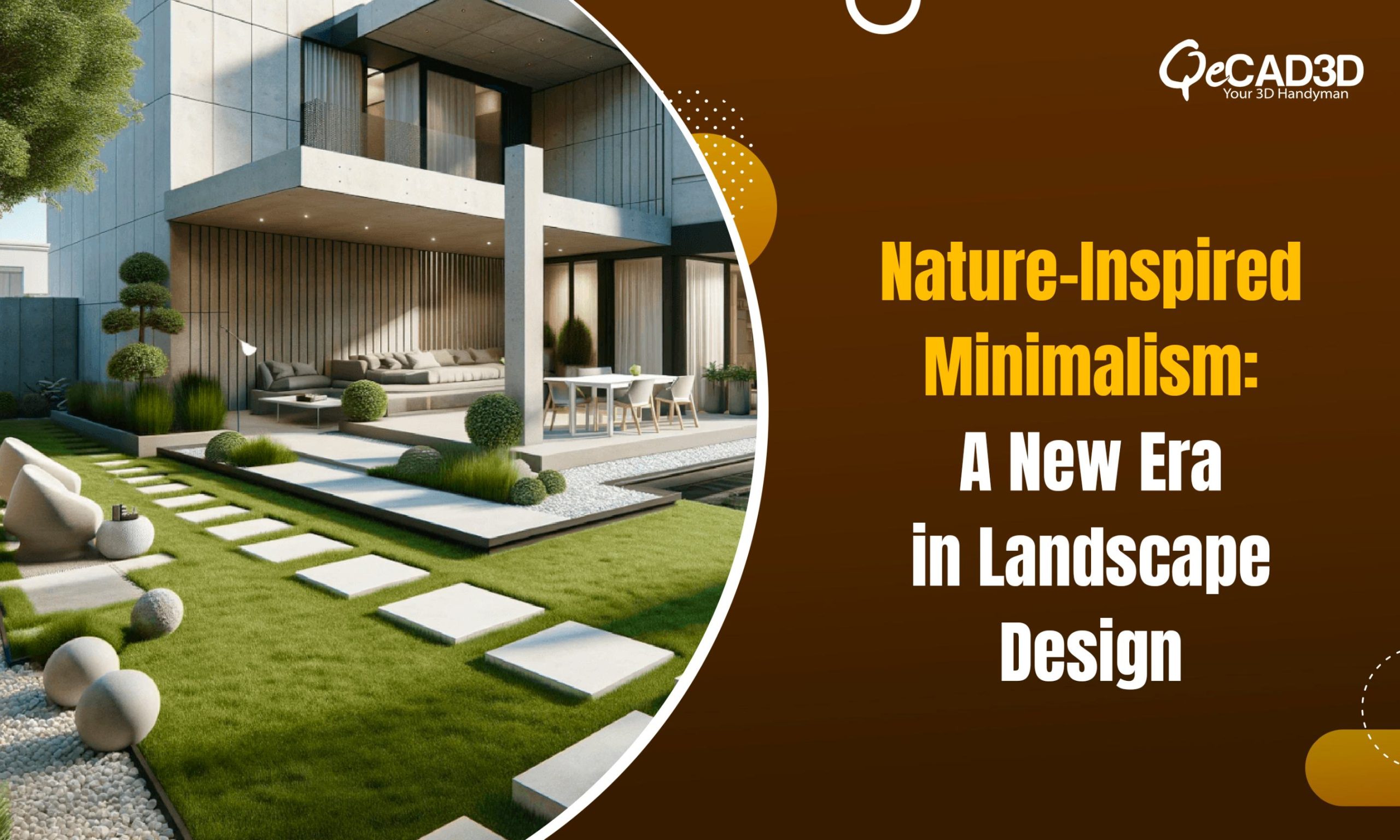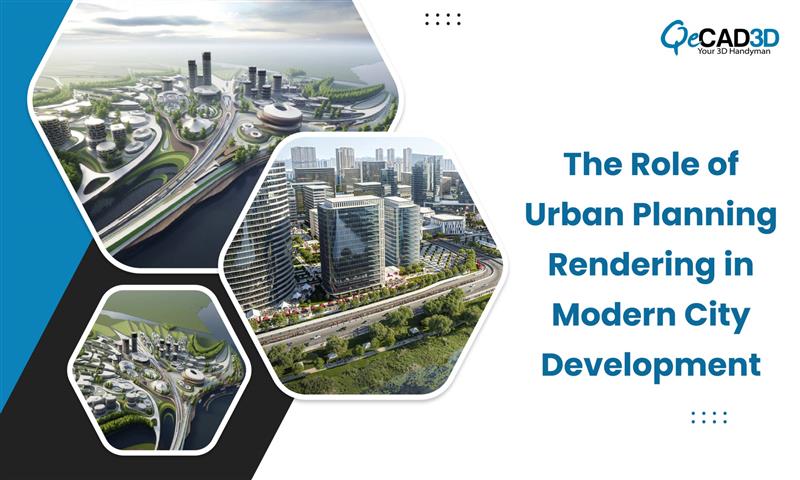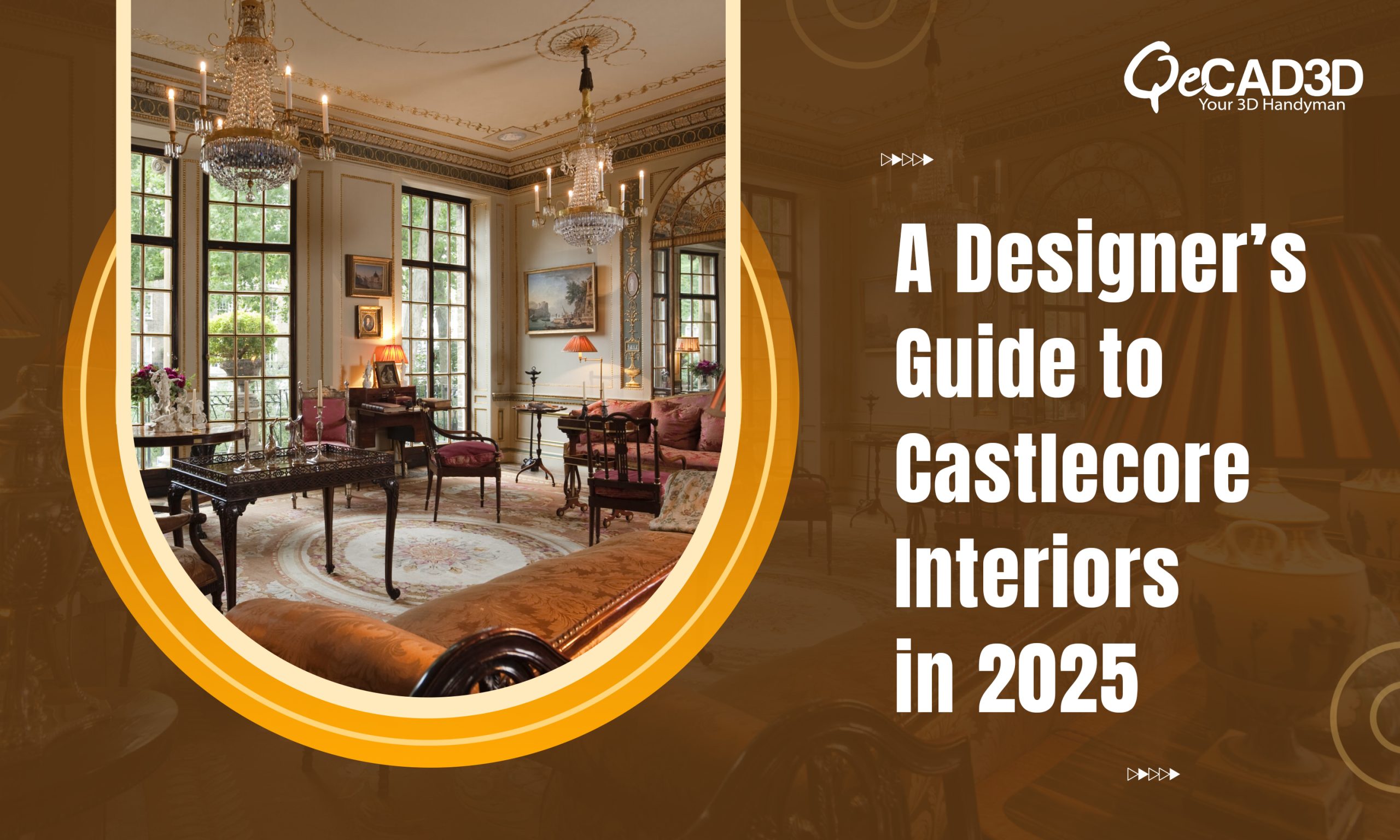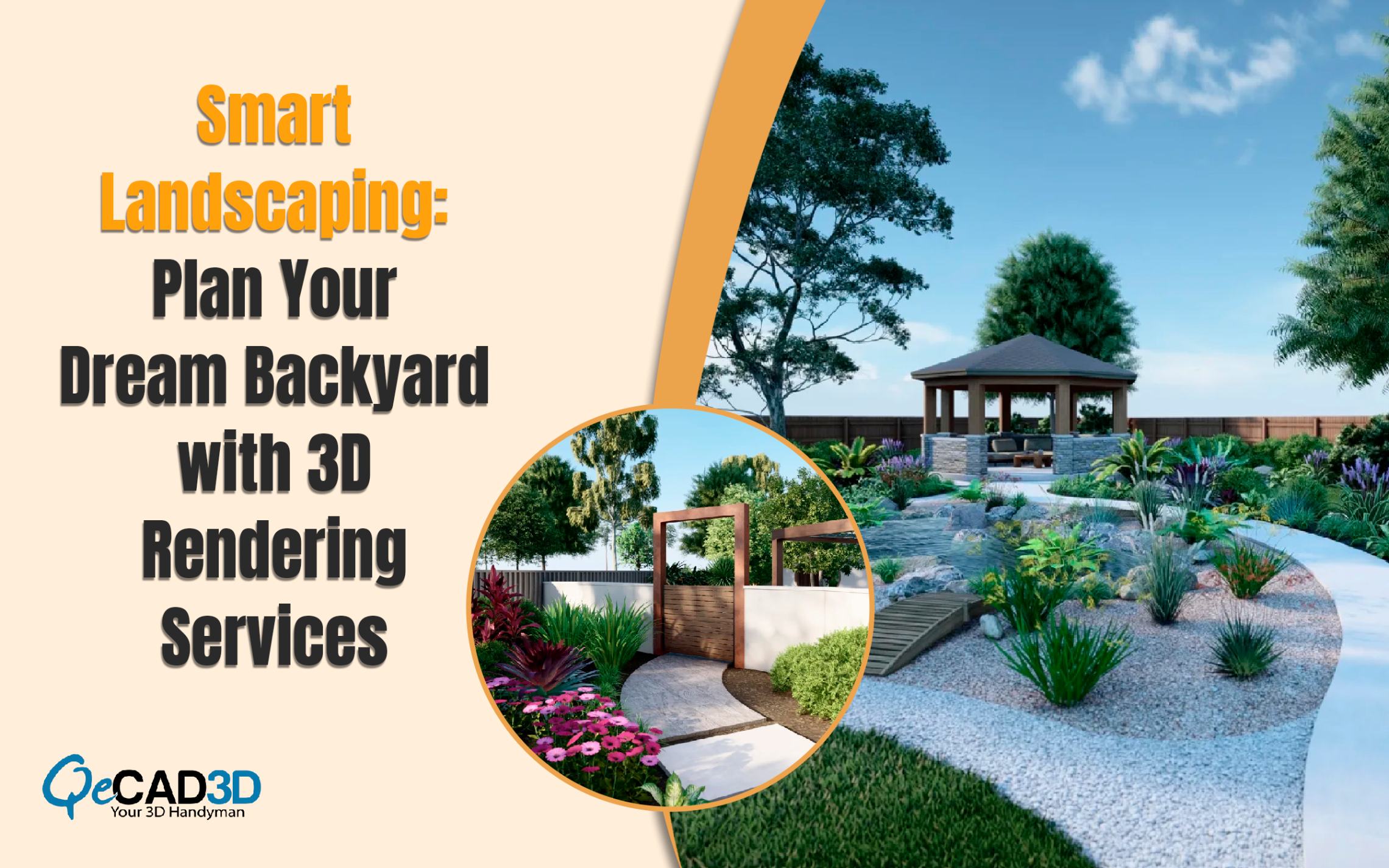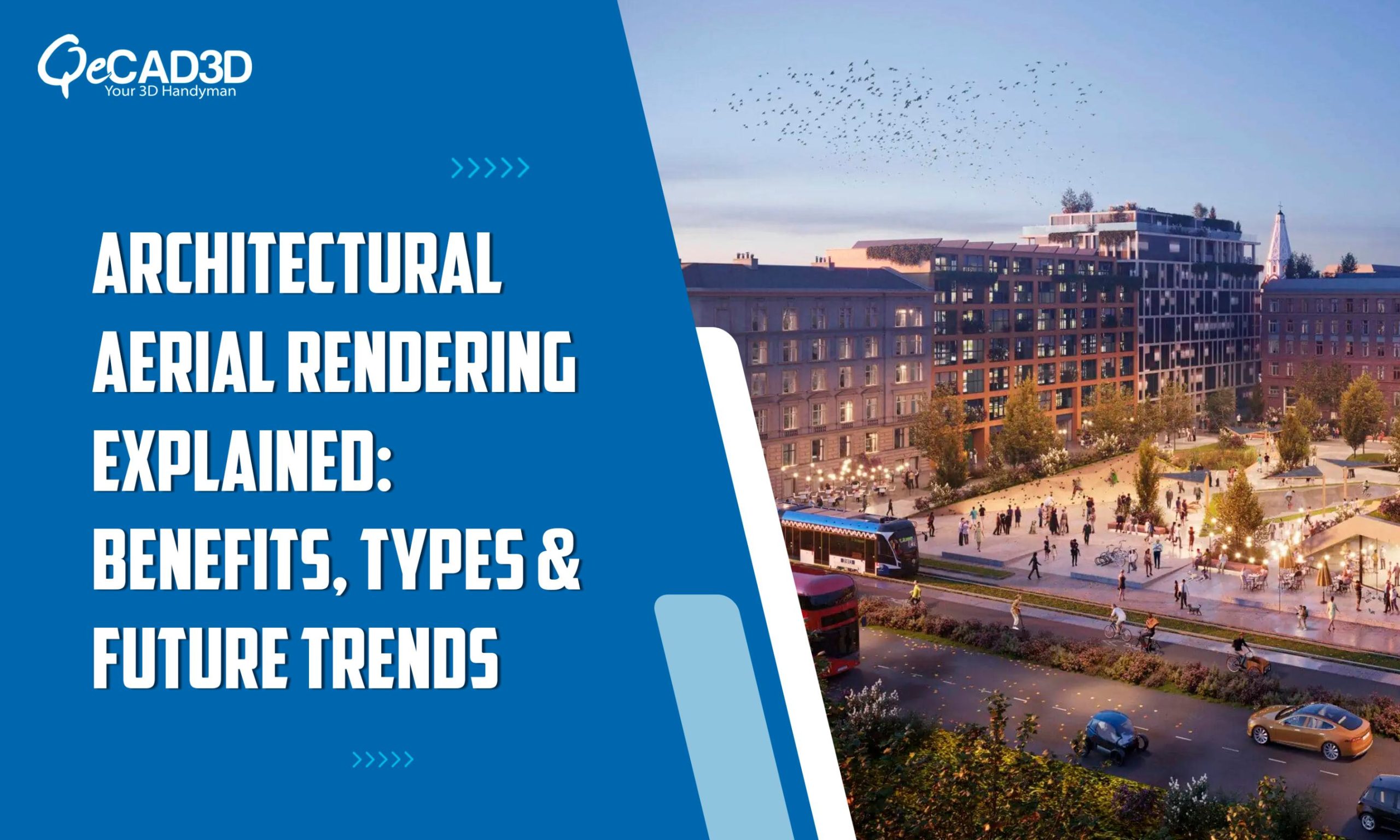Nature-Inspired Minimalism: A New Era in Landscape Design
Modern landscaping is experiencing a quiet revolution. As homeowners, designers and developers seek outdoor spaces that feels both sophisticated and serene, the fusion of minimalist design principles with organic, natural elements has become a defining trend. The result? A stunning aesthetic that brings balance between the structured simplicity and the raw beauty.
The Essence of Minimalist Landscaping
Minimalism in landscaping isn’t about stark or lifeless spaces—it’s about intentional design, functional elegance and a connection to nature. Clean lines, geometric layouts and a restrained color palette are central to this approach. Each element—whether it’s a pathway, a planter or a water feature—serves a purpose.
Instead of cluttering the garden with decorative items, the focus shifts to form, texture and spatial harmony. Hardscaping materials like concrete, corten steel or limestone offers the architectural definition while greenery is curated to enhance—not overwhelm—the scene.
Bringing Nature Into Focus
Where traditional gardens may showcase a riot of blooms, the modern minimalist landscapes leans into the subtle drama of natural forms. Sculptural plants like agave, ornamental grasses or Japanese maple trees are favored for their shape and structure. Even ground cover, moss or gravel is selected with texture and tone in mind.
By selecting native or climate-adapted species, these landscapes enhance sustainability by reducing water usage and maintenance needs while supporting local biodiversity.
Combining Minimalism with Sustainability
Minimalist landscaping isn’t just aesthetically pleasing—it’s a powerful strategy for eco-conscious design. By reducing the excess materials, using the permeable paving and also minimizing the irrigation needs, these designs lowers both the carbon footprint as well as the maintenance efforts. Incorporating the solar lightings, rainwater harvesting systems and recycled materials further enhances the environmental value of the modern landscapes.
Many forward-thinking Architectural Rendering Studios are now embracing this philosophy to create the concept visuals that highlights not only the form and style but also the sustainable intent behind each of the designs. These renderings helps the clients to visualize spaces that are both sophisticated and environmentally responsible.
Key Design Elements: Clean Meets Organic
- Linear Pathways and Geometric Beds
Precision meets natural softness when symmetrical paving stones are surrounded by loose pebbles or creeping thyme. Raised beds in the rectilinear forms host flowing, wild-inspired plant arrangements that softens the rigidity of the design. - Neutral Palettes with Organic Accents
Minimalist landscapes use a neutral base—greys, whites, charcoals while letting the natural wood, river stones or even the rusted metals brings the warmth and variations. - Water as a Quiet Statement
Instead of elaborated fountains, many designers now opt for the reflective pools or minimalist water rills where stillness or a gentle movement becomes a meditative focal point. - Structured Seating Amid Green Space
Floating benches, built-in concrete lounges or even the wooden decks provide the gathering points without overwhelming the visual calm. They’re often placed to the frame views of plantings or natural scenery, inviting quiet contemplation.
A Real-World Example
In a recent project in the outskirts of Melbourne, an architectural firm collaborated with a landscape designer to revamp a suburban backyard into a contemporary oasis.
By integrating the timber decks with concrete planters, installing a low-profile fire pit and surrounding it with the native grasses along with the sculptural shrubs, they achieved a space that was both minimal and emotionally grounding.
The key was restraint—every detail was carefully selected to echo both the homeowner’s modern aesthetics and the surroundings natural environment.
Using high-end Landscape Rendering Services, the design team was able to present a clear, photorealistic vision to the client—eliminating the guesswork and streamlining the approvals. The renderings helped to convey the ambiance and sustainability of the project even before a single stone was laid.
Why This Trend Matters?
As urban life grows more hectic, people crave spaces that offers the mental clarity and connection. This minimalist-nature hybrid supports wellness, encourages outdoor living and enhances the property value—all while staying visually timeless. With the added benefits of the energy efficiency, reduced maintenance and water conservation, it is a style that aligns perfectly with the sustainable living goals.
Conclusion
Minimalism meets nature is more than a design choice — it’s a way of thinking and living. It’s about doing more with less, celebrating the essential and allowing the natural world to be the true star of your landscape.
Whether you’re designing a backyard retreat, a commercial plaza or a public space, this fusion—when brought to life with the help of a professional Landscape Rendering Services do offers the enduring beauty, sustainable benefits and a powerful sense of peace.


